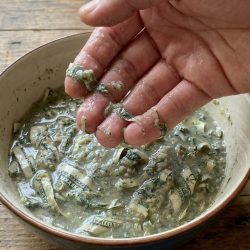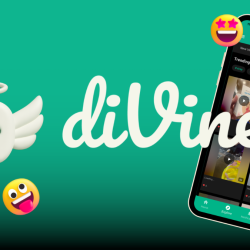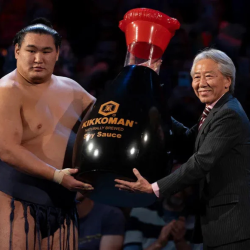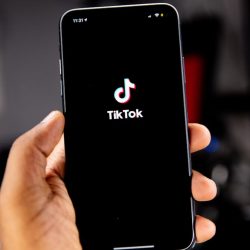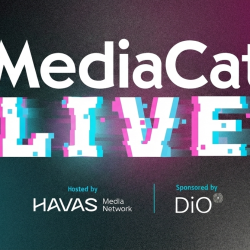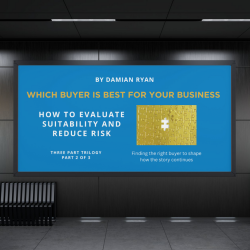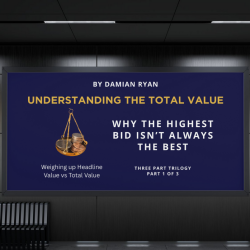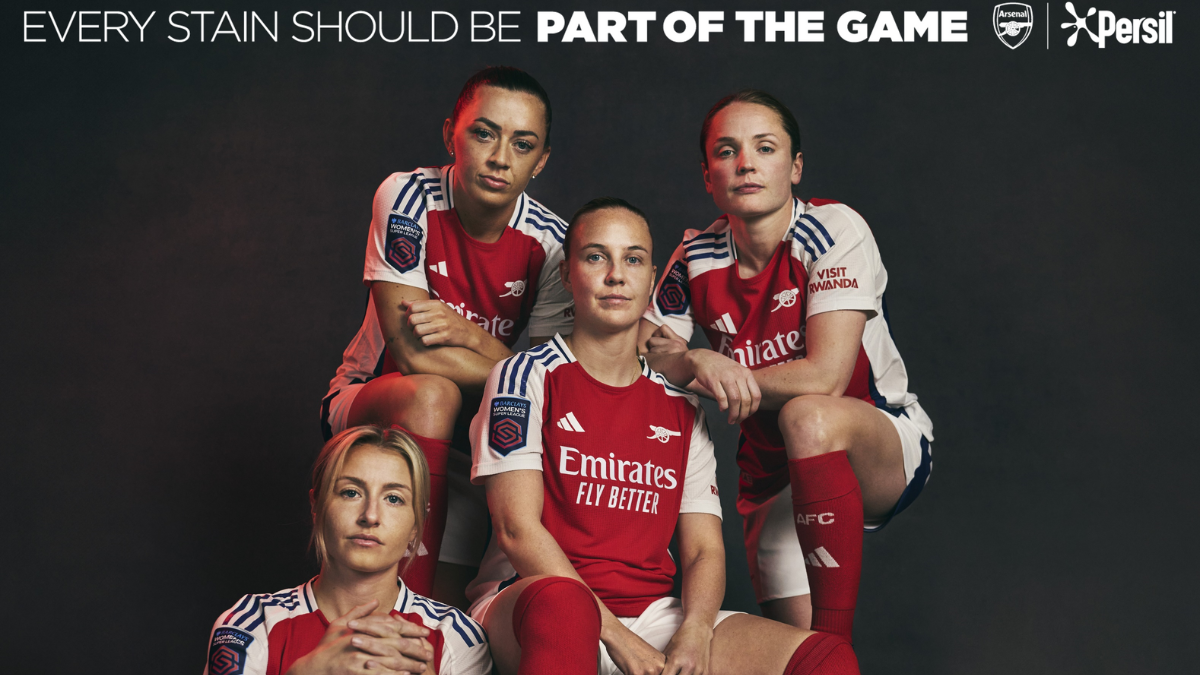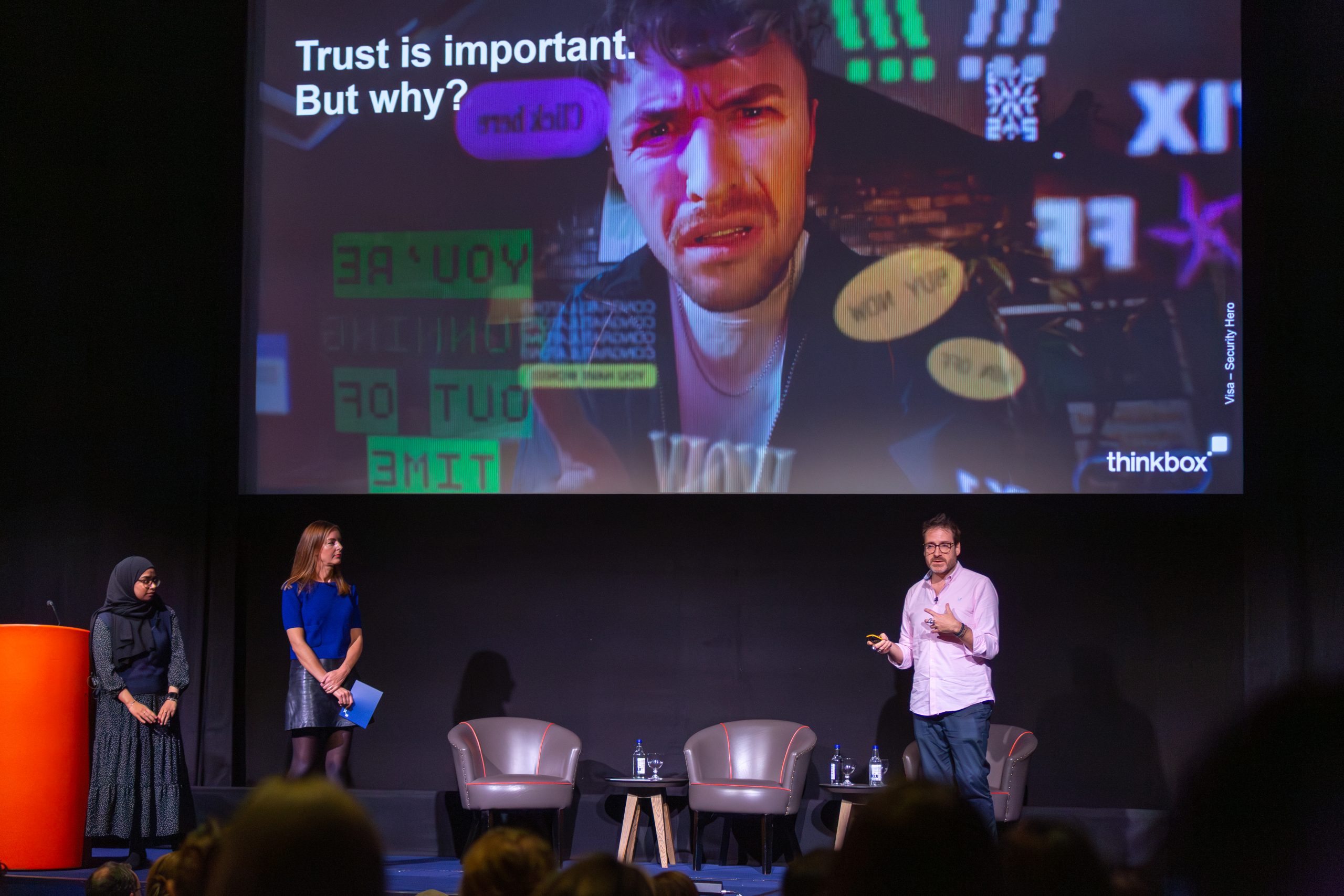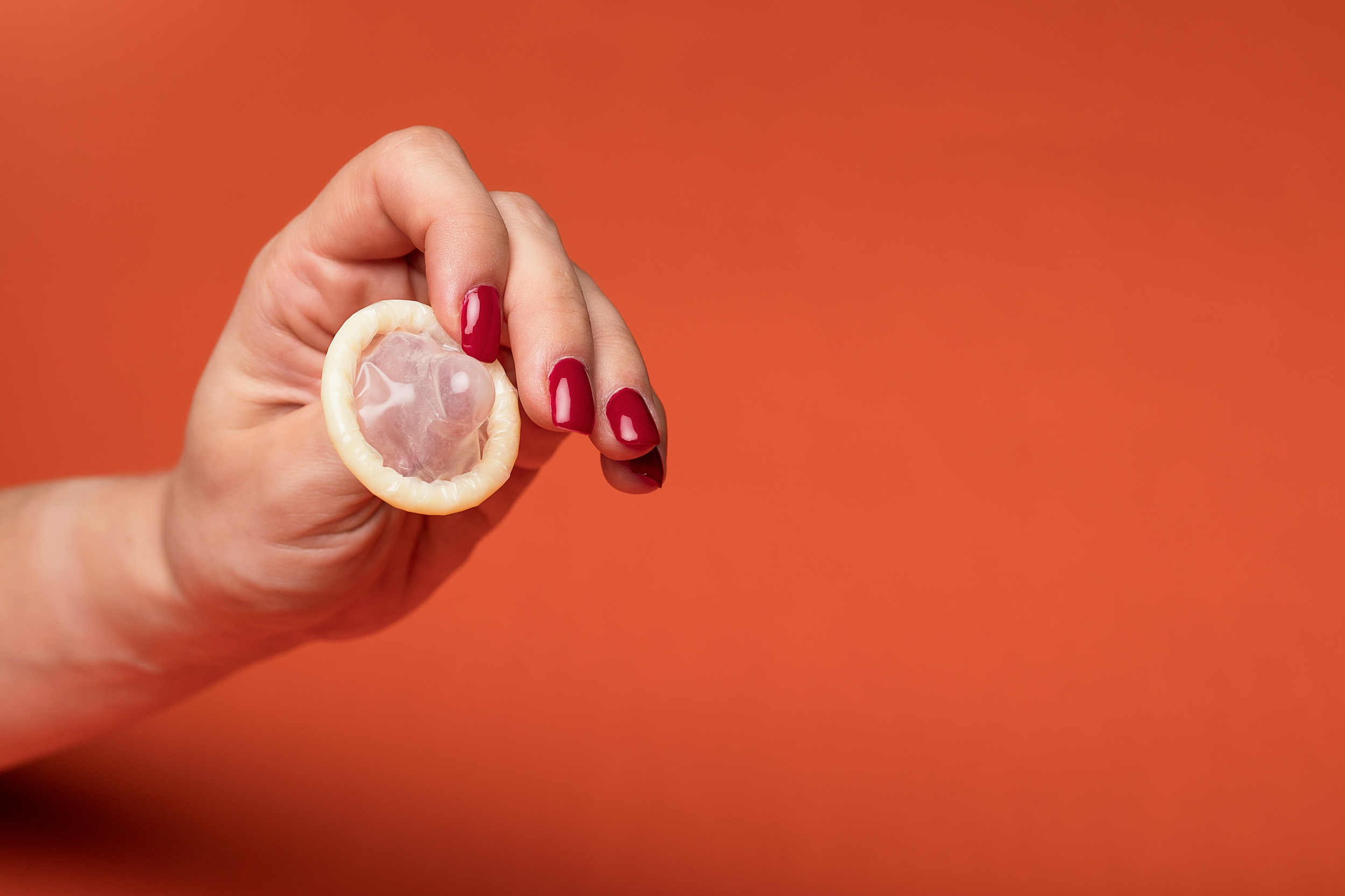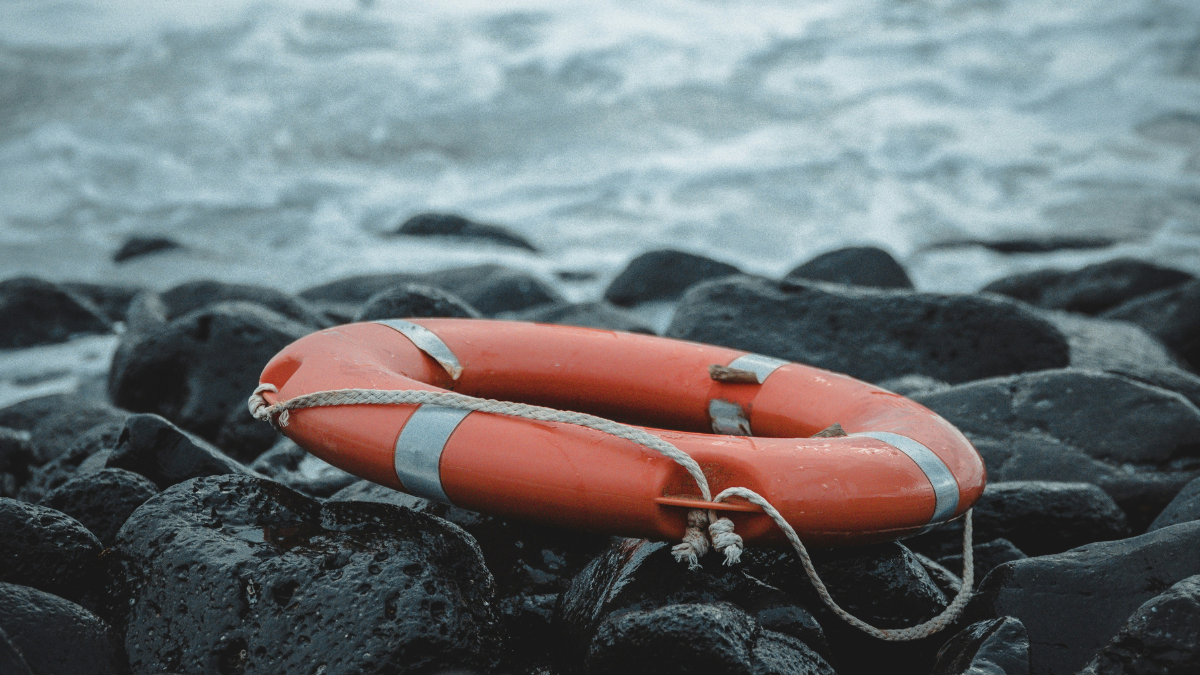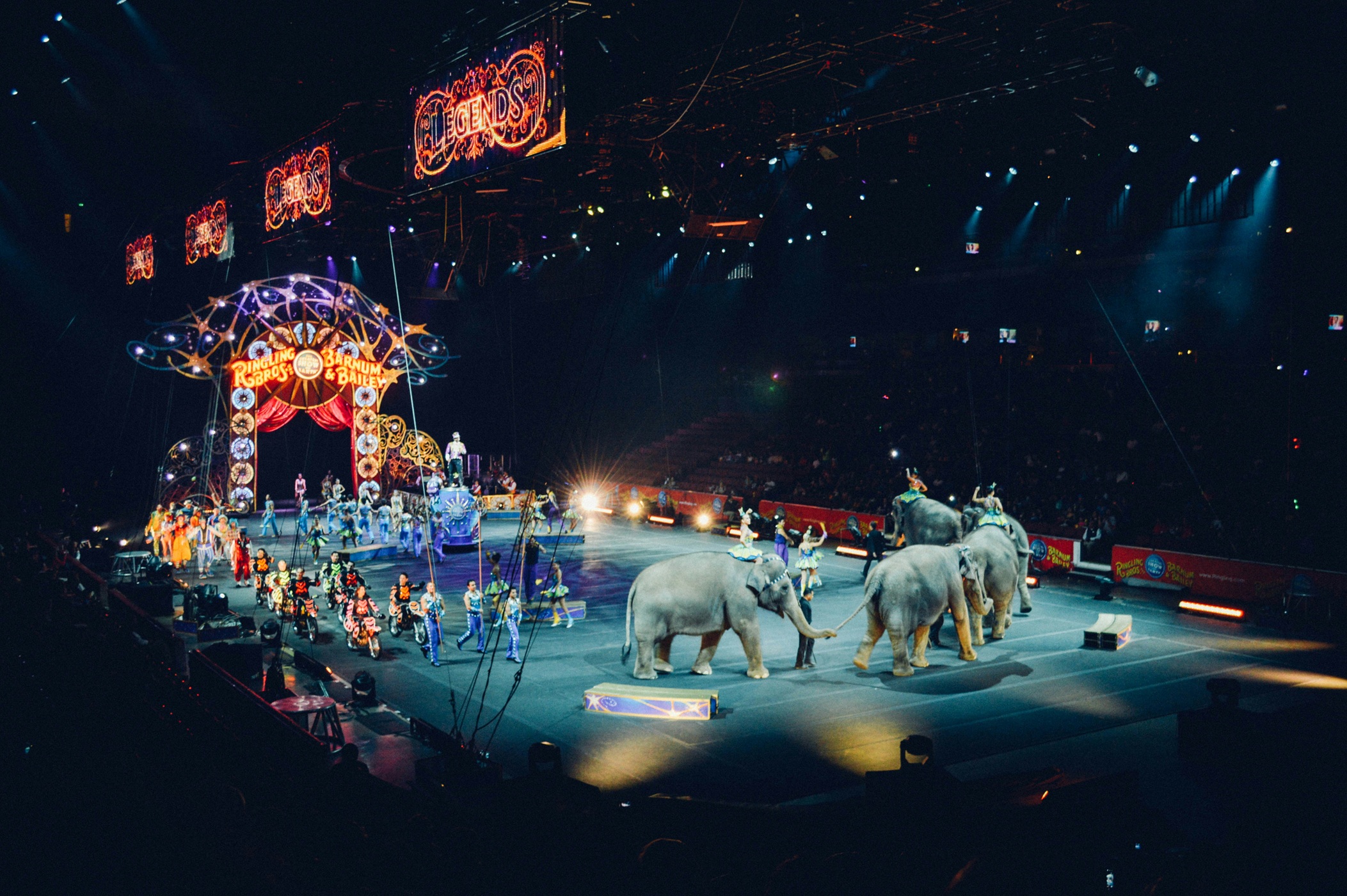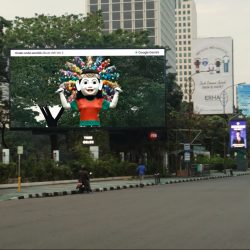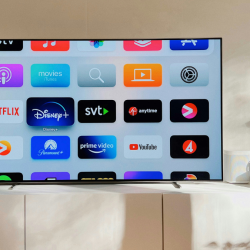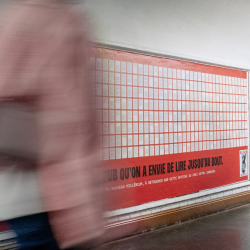Most home care brands focus on cleanliness in their marketing campaigns but Unilever’s Dirt Is Good — the home of laundry detergent brands OMO, Persil, Surf Excel, Breeze and Skip — has chosen the path less travelled.
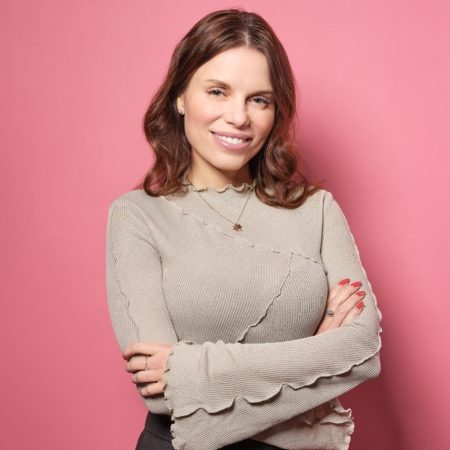
For the past two decades, Dirt Is Good has leaned into the benefits of getting dirty to attract consumers and in 2023, it became a €4 billion business (up from €0.4 billion in 2004).
At MAD//Fest last week, MediaCat UK spoke to Dirt Is Good’s global VP of marketing, Tati Lindenberg, about the idea behind this approach, the concept of storyliving rather than storytelling, and the importance of cultural relevance.
Some people call Dirt Is Good a brand, others call it a marketing proposition. How would you describe it and why is it helpful to categorise brands under one name?
We describe Dirt Is Good as a belief and a market development program. Indeed, none of the brands within the Dirt Is Good umbrella or platform or belief are called Dirt Is Good. We are talking about a multiplicity of brands such as OMO in Brazil, Turkey and China, or Persil in the UK. And what is common about all of those brands is the fact that they are all top performance premium laundry brands.
Twenty years ago, Unilever crafted the idea of Dirt Is Good, which I call a belief because it is indeed a brand belief. It is a counterintuitive idea in which what we’re saying is that getting dirty is good. At the time that it was created, it was unique because it was when almost all the laundry brands were talking about cleanliness and suddenly there was a laundry brand shedding light on getting dirty and not about being clean. So it is a beautiful idea.
Getting dirty is good — physically, metaphorically, emotionally, and even physiologically. It is good even for babies to get dirty at an early age. It is a brand belief, but it’s also a market development program because the more we encourage people to get dirty, the more laundry they will have, and the more products we sell. So we also help develop the market and create and generate demand for laundry products.
Another thing that sets your brand apart is your focus on storyliving instead of just storytelling. What do you mean by this and on what principles is its effectiveness based?
By storyliving, I meant the fact that almost everybody working at Dirt Is Good should live and believe in the brand. When I started looking after Dirt Is Good five and a half years ago, I didn’t feel that. I felt that some people were working at Dirt Is Good almost by accident, so they just happened to be working there. At the same time, you could see that the new generations working in startups or indie brands really believed in their brands. I started to realise that I needed to have a team that really believed and lived the purpose of Dirt Is Good, especially now that the brand is in the context and realm of sport. I wanted to make sure that every single human being working within Dirt Is Good could say, ‘Yes, I might not be an athlete, but I also believe in the power of getting stuck in, the power of sport, and the power of play’. The moment that we live the story of the brand, we can tell better stories. That’s the concept.
You’ve previously spoken about the importance of gathering insights locally. How do you go about collecting information and what would you say is one of the most surprising findings you’ve had?
So, the way that the team is structured is the following: we have a central team based in London because it makes it easier to connect with different countries, but we also have local teams. Usually, what I’ve noticed is that the insights are much better when coming from the markets because the markets know all the cultural nuances and, sometimes, the same event in a given market could have a completely different perception.
The insights are usually very local, but when we gather all these different insights, on many occasions, they are similar. They come from different countries but we can see some similarities and then we build platforms or campaigns based on those.
I believe that one of the most surprising findings recently has been the insights about periods. I’ve known for years now that period stains are one of the most frequent stains. All women, during a big chunk of their lives, will have period leaks.
The most frequent stain is sweat, followed by period stains and then food stains. However, the fact that a lot of people don’t know how to remove stains is quite a remarkable insight that we found out recently. I would say that this is the latest one that I’ve been quite excited about tackling because people just don’t know how to remove them.
You’ve done a campaign with Arsenal based on one of these findings. Can you talk a little bit more about the research and strategy behind the ‘Every Stain Should Be Part of The Game’ campaign?
From a comms strategy perspective, I always like to look at what I call the cultural insights and the category insights at the same time. The category insight is what I told you before, the fact that women — 68% in the UK and nearly 90% in Saudi Arabia — don’t know how to remove period stains. Actually, I say women, but it’s people in general because if women don’t know, then imagine men. It’s not just that they don’t know. It’s something that they don’t touch.
So that was the category insight, and I was confident that that insight in itself could lead us to a great campaign to showcase the performance of our products and to educate people. But in order to really create talkability, I needed to also find a cultural insight and that’s usually the sort of dynamic that I follow in the campaigns. And then we started to understand women’s and girls’ relationships with period stains and we found out that six in 10 girls fear playing sports due to period leaks. Then we connected the two things.
We understand that girls fear playing sports, so in some cases they stopped playing PE altogether because they fear having a leak or being made fun of, and there was the category insight, so we decided that that could be enough for us to create a campaign that would drive both a commercial impact as well as a cultural shift.
From a media standpoint, Unilever is shifting from a paid model to a more paid and earned model. The reason why we partnered with Arsenal is that we knew from the very beginning that we needed to have a significant earned media and we wanted to create a lot of talkability and engagement but the brand alone wouldn’t be able to do it. So our media strategy was based on partnering with the Arsenal players to make sure that we could use their voice, but also their channels to bring that campaign to life.
You mentioned earned media. Unilever has been talking about shifting towards more influencer marketing. Has that shift started and how do you see it evolving?
Yes, it has started. We’ve actually been doing that for a few years, but I think we are just doubling down on influencers now. We’re used to influencers in personal care or in beauty brands, but now we’re seeing hashtags like ‘cleantok’ on TikTok, which is bigger than hashtags around beauty. And the reason is, especially due to Covid, people started enjoying hacks and tricks about how to clean their houses, and now cleaning surprisingly generates a lot of engagement online. What we saw as part of this engagement was also a rise in cleanfluencers.
We have many more people who are actually self-proclaimed cleanfluencers. That became a big part of the homecare strategy and Dirt Is Good as a consequence. We have a mix of what we call cleanfluencers via a channel called Cleanipedia, and at the same time, we’ve also been working with collaborators related to sport because we know that if we want to drive this idea that getting dirty is good within the context of sport, we need athletes. Sometimes we’re talking about mega athletes like Vinicius Junior and sometimes we’re talking about up-and-coming athletes, so it’s not necessarily just the really big ones. It’s almost a mix between mega collaborators and nano ones, and this combination is working quite nicely for us now.
You signed a two-year partnership with Arsenal FC in 2023. What made Arsenal a good fit and will you be seeking to renew the partnership?
Around two years ago, when the decision was taken to move into sport, I wanted to make sure that we could be credible and that we could not only show up as a player in sport but also collaborate with either an athlete or a club.
The thought process was that it would be easier to partner with a club than an athlete because we could diversify the different types of athletes and the different nationalities. So we knew we wanted a club, but then the question was which sport. We chose football because it has the highest viewership in the world.
The biggest Dirt Is Good country is India, and in India, we know that cricket is much bigger than football, so we do have some partnerships with cricket clubs. But in the rest of the world, football has the highest viewership.
Within football, we wanted a Premier League club because it has the highest viewership, engagement, and reach. Finally, within the Premier League, we wanted a club based in London because, pragmatically speaking, it would help us with all the hospitality that comes as part of any partnership. We then narrowed down to a few Premier League clubs based in London and we chose Arsenal because the values of the club are nearly identical to ours. We realised that it wouldn’t make sense to go to any other club because even if we could potentially have better hospitality or maybe a different set of athletes, Arsenal shared our values and that is almost impossible to measure.
In around three weeks, we will also announce that we are renewing the partnership for another three years.
Going back to what you mentioned earlier about placing a stronger emphasis on earned media, can you expand a little bit more on the role of paid versus unpaid media in your marketing strategy?
A few years back, Unilever would approach homecare and Dirt Is Good campaigns by thinking about paid media. In home care, we sell laundry, cleaning, and dishwashing products, and it was always an awareness-driven approach. It was always paid media like TV.
Then, with time, we started to diversify and turned to more digital channels. But now what we are doing is a mix between paid and earned. The difference is that we used to look at earned media almost by accident and not by design. If we happened to have something that went viral then we’d push it with some paid media later on but now what we are doing is thinking about earned media from the get-go.
For instance, the period stains campaign, when crafted by our creative agency, did not have Arsenal. It was a campaign talking about the double standard of period stains, but then we said that if we are really serious about earned media, we need to have the right partners. We need to have the right set of assets. So now we’re incorporating the idea of earned media by design. At the very early moments of the creative process, we need to make sure that we can have more channels and can appeal to more people, depending on the collaborator or the type of channel or asset that we have.
You also tackled the topic of period stains in an OMO campaign for Saudi Arabia. How did you tailor your strategy to appeal to a market where menstruation is a taboo subject?
We tried to be very respectful of the culture and the taboo, as you said. The taboo exists in both countries, the UK as well as Saudi Arabia. Nevertheless, what we’ve noticed is that, if I go back to the category and cultural insight in the UK category, the category insight was that 68% of people don’t know how to remove period stains and the cultural insight was that girls are scared of playing due to leaks. That’s the reason why sport was the right way to go in the UK.
In Saudi Arabia, the category context was the same, except that instead of 68% we’re talking about 90% of women not knowing how to remove period stains. However, the cultural context was not even close to being around sport. It was the fact that 70% of women feel unable to speak about period stains. They wouldn’t even feel comfortable speaking about it within their families or friends. So the challenge was how to teach women how to clean period stains and how to encourage them to speak more openly.
We used a completely different medium and we partnered with henna salons. We then created a beautiful and intricate henna design that we would paint onto women’s hands, depicting how to remove stains or how to keep themselves active during the time that they have their period so they would feel comfortable to carry the message because it was hidden within all the intricacies of the henna art.
So we started with almost an activation in a salon, where a woman and a henna artist could speak to one another. We trained these henna artists to explain how to remove stains and then we moved from that to a Snapchat environment where we had a filter that people could use to drive more impact and reach more people. The filter allowed them to have the same art on their hands, virtually. However, we only targeted women on Snap, so we were trying to make sure that even when using a larger channel like Snapchat, we would do so in a very respectful way.
Cultural relevance seems to be very important to your brands. It is easy to see how one might tailor a campaign’s content or narrative to fit another market but what is the role of media?
You’re right to say that the easiest way to go is tailoring the narrative, but there is this important aspect about tailoring the media.
Unfortunately, I must say that within Dirt Is Good, we are still heavily relying on TV. What we’ve been doing more recently is looking at how, depending on the narrative, we could go to different channels.
To give another example beyond the Saudi one, we also have an up-and-coming campaign called Varzenal. The Varzenal campaign is this combination of Arsenal with grassroots football teams in Brazil. In Brazil, the place where these teams play is called várzea, and then we combined both to say Varzenal. The reason was that when we were looking and researching sports subcultures in Brazil, we noticed that many Brazilian grassroots football teams were named Arsenal, like Arsenal X or Arsenal Z and so on. But of course, they don’t have any official ties to the club in London, they just have the passion for the team.
So we decided to create a tournament in which eight of these teams would play against each other and then the winners would come to London. They actually came to London on 19 May and the final was at the Emirates Stadium. So imagine that those grassroots football teams, who just dreamed about Arsenal, could suddenly travel all the way to London. Some of them didn’t even have passports and they could then come and actually play in the stadium.
To craft this campaign, from a media standpoint, we decided that the best way to go was not to create a film or a commercial that we would put on TV. We partnered with the largest YouTube channel in Brazil called KondZilla, who created a mini docuseries. We have six episodes, which we are planning to launch around October, and we are then going to use a completely different media approach which is that we are not going to TV. We do have influencers and social [media] in the campaign, but it’s primarily a docuseries on YouTube, which is unique to what the brand has been doing and as you can see, it’s also very different to what we’ve done in Saudi or with Every Stain. We are trying to think about the narrative, and then about the best medium to help land that narrative.
Finally, are there any other campaigns, projects or partners that you’re excited about?
I’m excited to carry on with the campaigns and the partners that we have. In addition to Arsenal, we have also been partnering with Vinicius Junior, the football player from Real Madrid who is Brazilian. We are partnering with Usain Bolt globally and we have a few more partners that I cannot reveal yet, but for me, the next big thing is to keep the collaboration with the Arsenal women’s team. It was incredible to work with them. They were extremely collaborative and we actually co-created the Every Stain campaign with them, so it was beautiful to see that they came not only as an amplifier of the campaign but as co-creators, and now we want to keep pushing on and do more with the girls than we’ve done so far.
Featured image: Every Stain Should Be Part of The Game / Dirt Is Good
